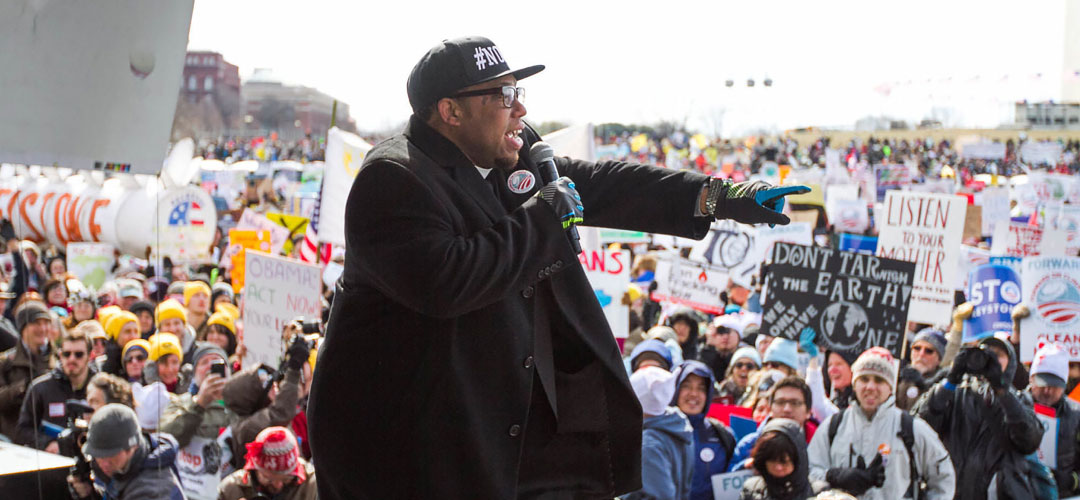Our Strategy
The Climate Solutions grantmaking is organized around four general approaches:
Altering Political Discourse
Activities and grantees infuse the public narrative about the climate crisis with more equitable solutions identified by and for people disproportionately affected by climate change and the transition to clean energy.
Advancing and Enforcing Climate-Friendly Energy Policies and Regulatory Action
To help rapidly expand clean energy and technology deployment, activities center on educating policymakers, regulators, businesses, and consumers about the costs and benefits of less-carbon intensive energy policy.
Expanding Financing and the Climate Solutions Funding Company
We use our institutional voice to increase support from domestic and international funders for advancing equitable climate solutions, and we invest catalytic capital to help deploy clean energy and technology to communities that have or will be disproportionately impacted by the climate crisis.
Supporting Power Building
To center racial, economic, and generational equity in conjunction with decarbonization, we support active participation of communities most affected by the climate crisis that have substantive contributions to make in shaping climate solutions. This approach includes both a cross-cutting dimension of the other three approaches as well as a stand-alone approach. In the United States, we focus on supporting community power building among organizations led by people of color and individuals representing rural communities that have been disproportionately affected by the transition to a clean energy economy. In India, activities are focused on capacity-building among organizations that may not focus exclusively or primarily on climate, as well as organizations representing workers’ and smallholder farmers’ interests.



